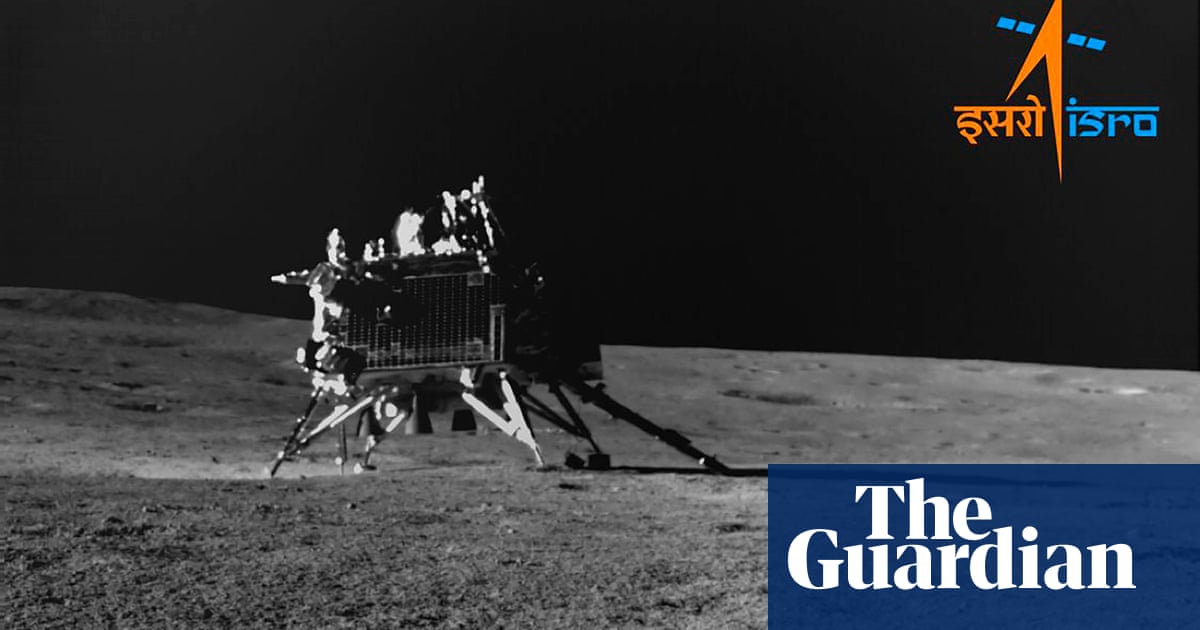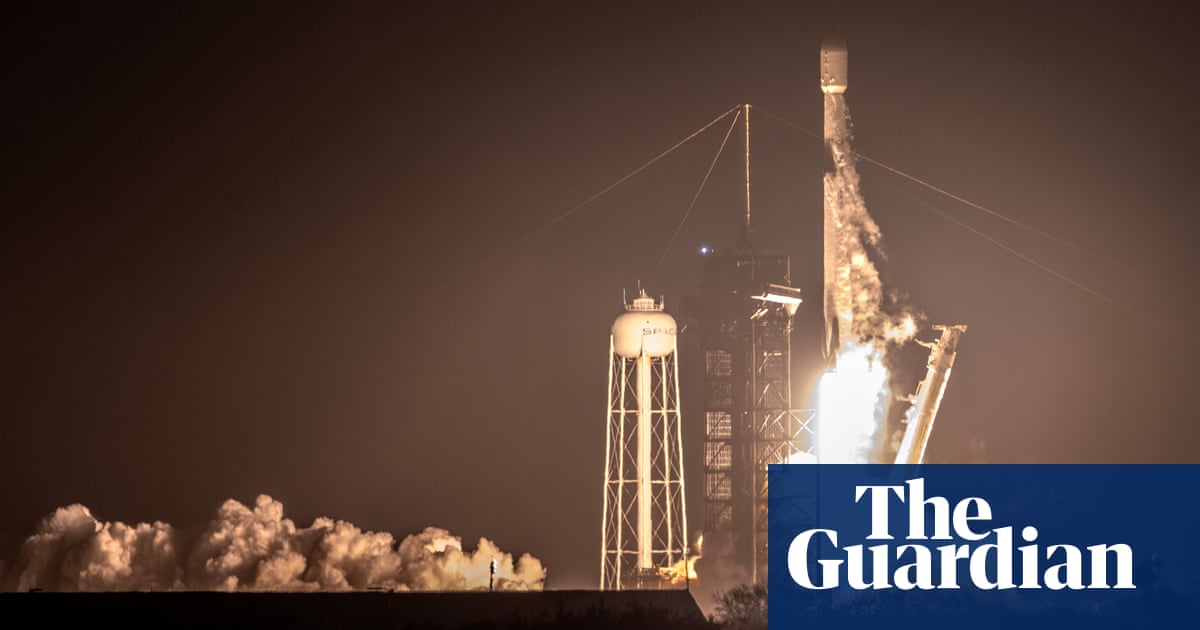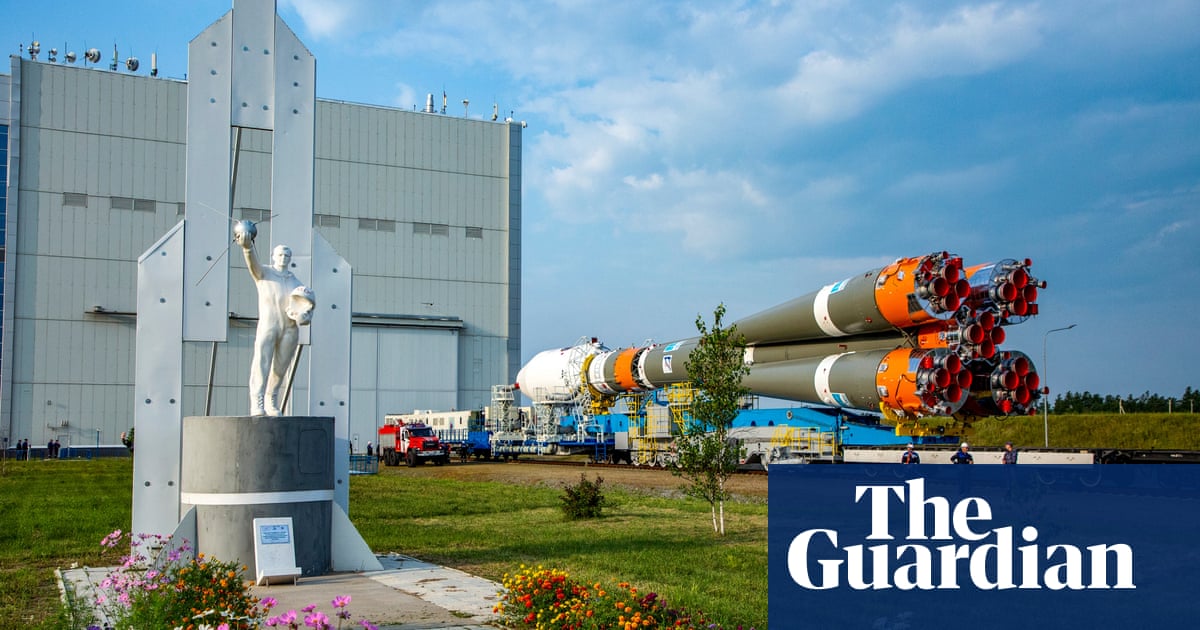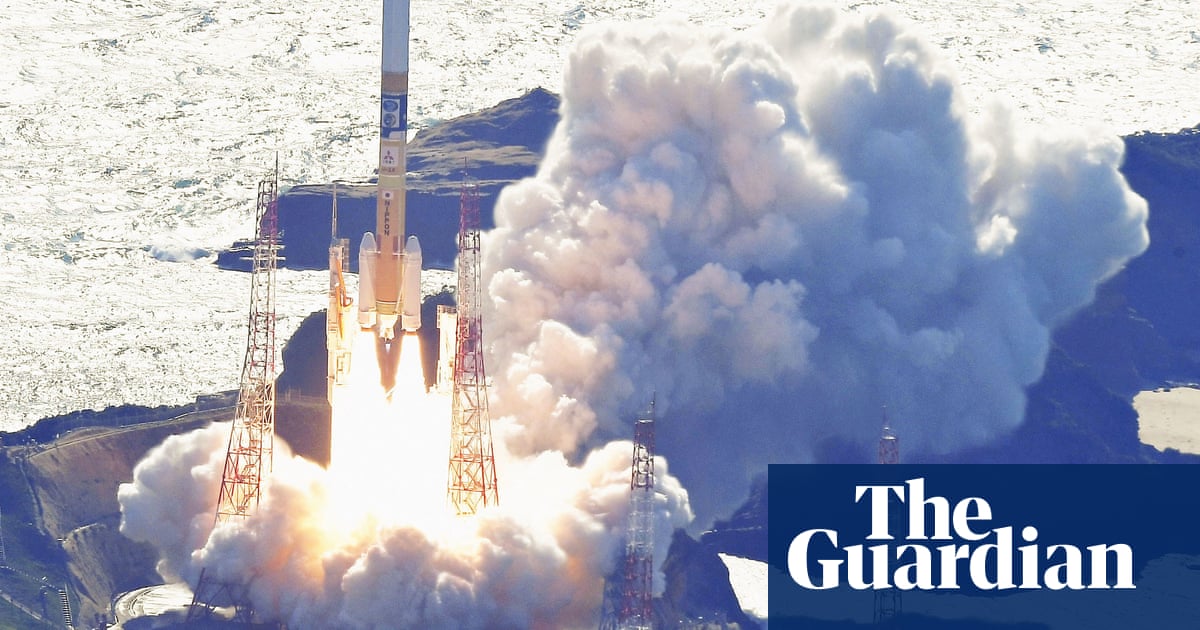
The prospect of growing crops on the moon has edged a little closer after researchers nurtured plants – some more successfully than others – in lunar soil for the first time.
Scientists planted thale cress seeds in moon dust brought back by three Apollo missions and watched them sprout and grow into fully fledged plants, raising the potential for astronauts to farm off-world crops.
But while the plants survived in the lunar soil, or regolith, they fell short of thriving, growing more slowly than cress planted in volcanic ash, developing stunted roots, and showing clear signs of physiological stress.
“We found that plants do indeed grow in lunar regolith, however they respond as if they are growing in a stressful situation,” said Dr Anna-Lisa Paul, a molecular biologist at the University of Florida. Thale cress, or Arabidopsis thaliana, is a small flowering plant related to broccoli, cauliflower and kale. “It’s not especially tasty,” Paul added.
The experiments are the first to investigate whether plants can grow in lunar soil and follow an 11-year effort to obtain the rare material. Because the soil is so precious, Nasa loaned only 12g of it – a few teaspoons – to the researchers who conducted the tests.
Scientists have long wondered whether the moon could support crops, but with space agencies now planning to return humans to the surface, and potentially build lunar settlements for visitors, the question has become more pressing.
“The ability to take plants successfully with us to the moon is how we’ll grow our own food, how we’ll stay there for a while without resupply,” said Dr Robert Ferl, a co-author on the study. “Showing that plants will grow in lunar soil is actually a huge step in that direction, of being able to establish ourselves and lunar colonies.”
Writing in Communications Biology, the researchers describe how they planted thale cress seeds in thimble-sized wells containing lunar soil brought back by the Apollo 11, 12 and 17 missions. Further cress seeds were planted in volcanic ash and mineral mixtures that mimic soils on the moon and Mars.
When the scientists checked on the seeds a few days later, they were surprised to see nearly all had germinated. “There was this little tiny sea of greenness on lunar greyness that was just astounding,” said Ferl.
But some plants grew better than others. Overall, those in lunar soil fared worse than those in volcanic ash. This was not unexpected: lunar soil is poor in nutrients and rich in iron particles, and while the soil is powdery, it is littered with glass fragments from meteorites which are sharp and abrasive, making it difficult to grow in. Molecular analysis confirmed the plants had ramped up genes to deal with environmental stress. Some developed reddish black spots in response.
One of the poorest soils for growing the plants was brought back by Apollo 11. This was more exposed to the moon’s surface than the samples returned by Apollo 12 and 17, which were collected from different soil layers. The scientists suspect cosmic rays and radiation from the solar wind damages the top layers of lunar soil, making it harder for plants to thrive in.
Armed with the findings, future lunar farmers could seek out younger parts of the moon’s surface where the soils are less battered by the hostile environment. “There are areas on the lunar surface, very extensive lava flows, that are billions of years younger than the sites of the Apollo 11, 12 and 17 landings,” said Dr Stephen Elardo, a geologist on the team. “Going to a younger site on the moon might present a more hospitable substrate, without the need to drill or mine material from deep down.”












